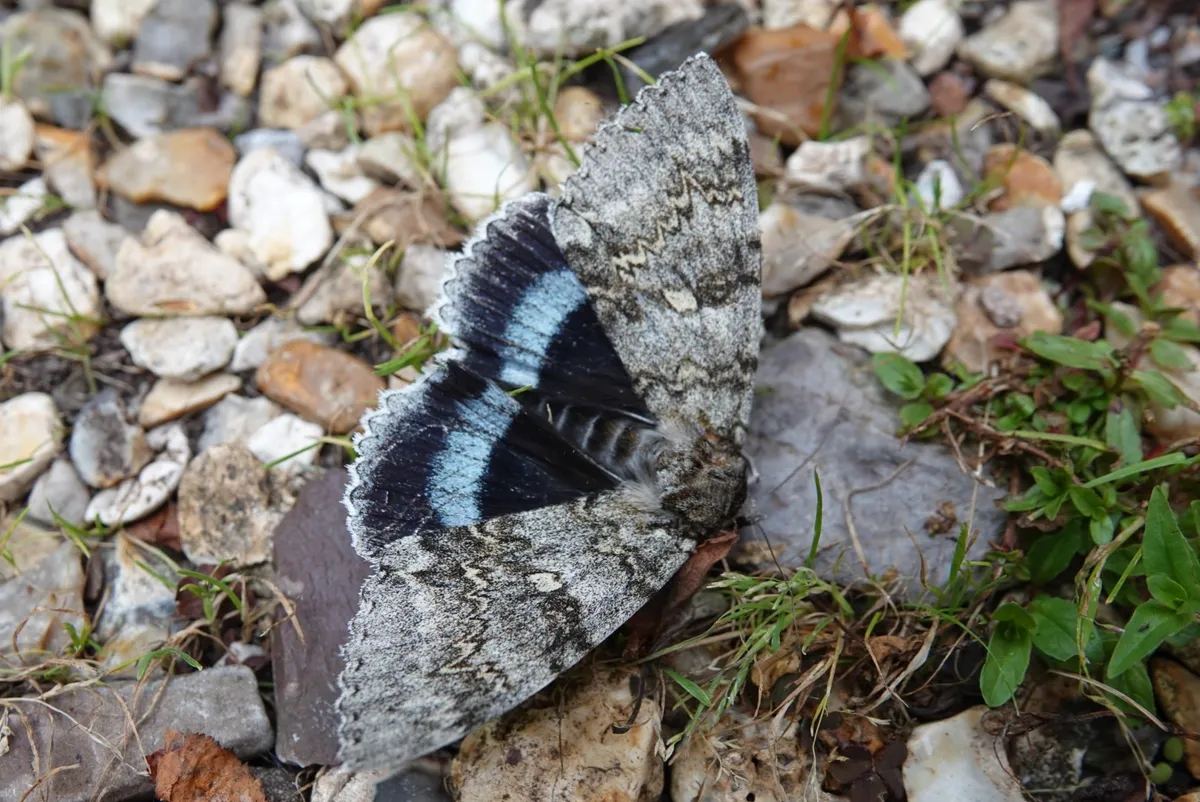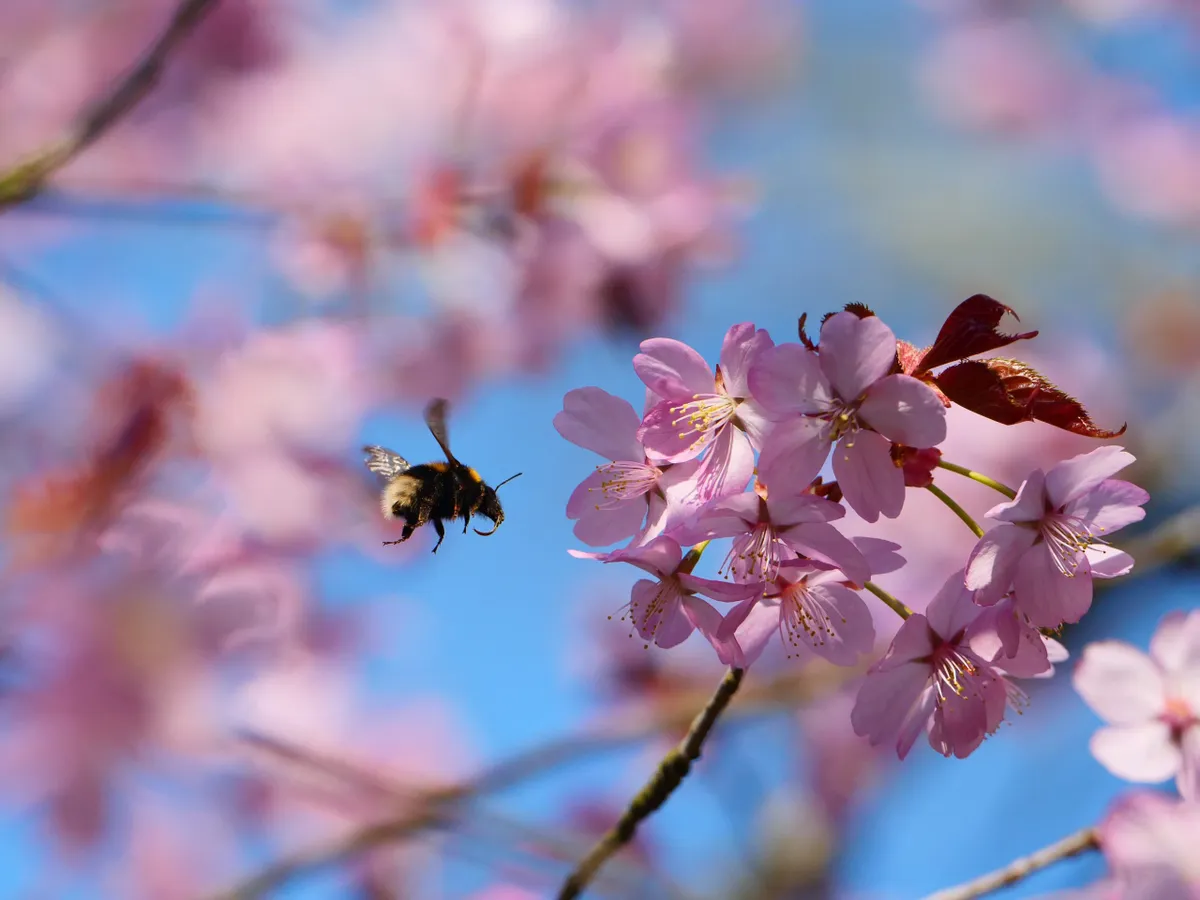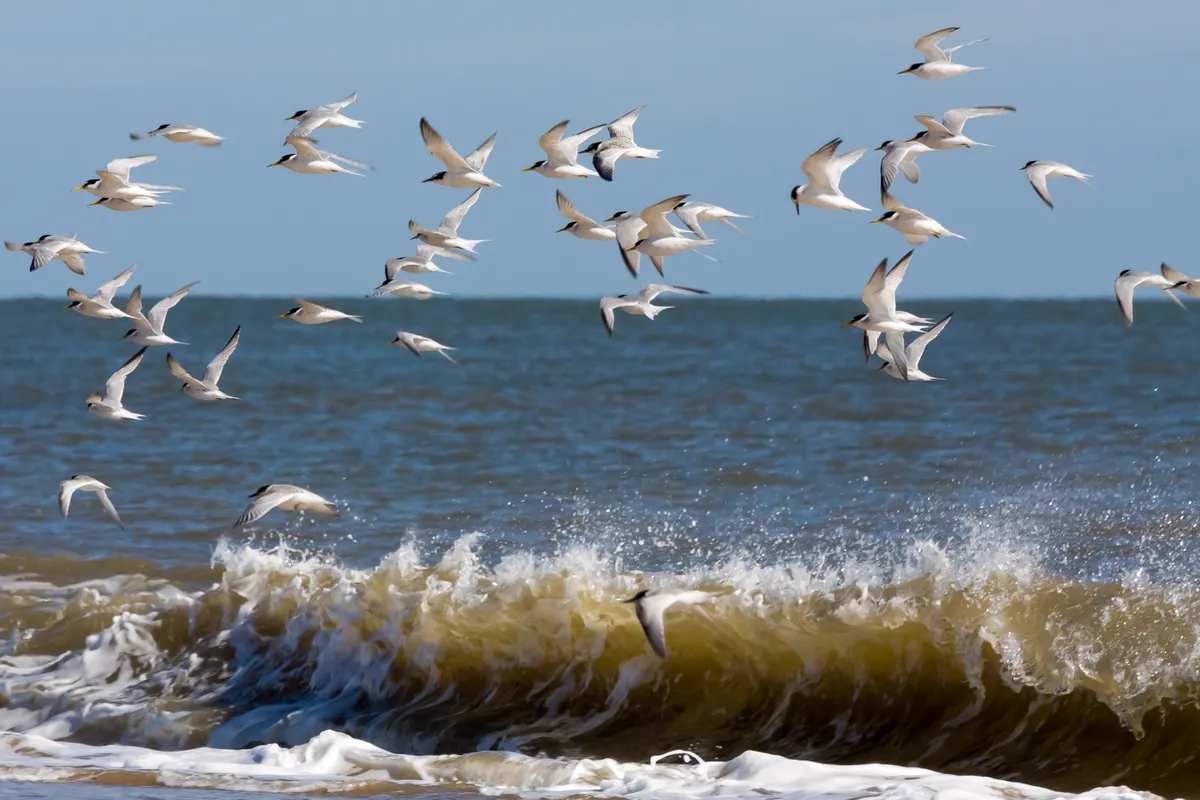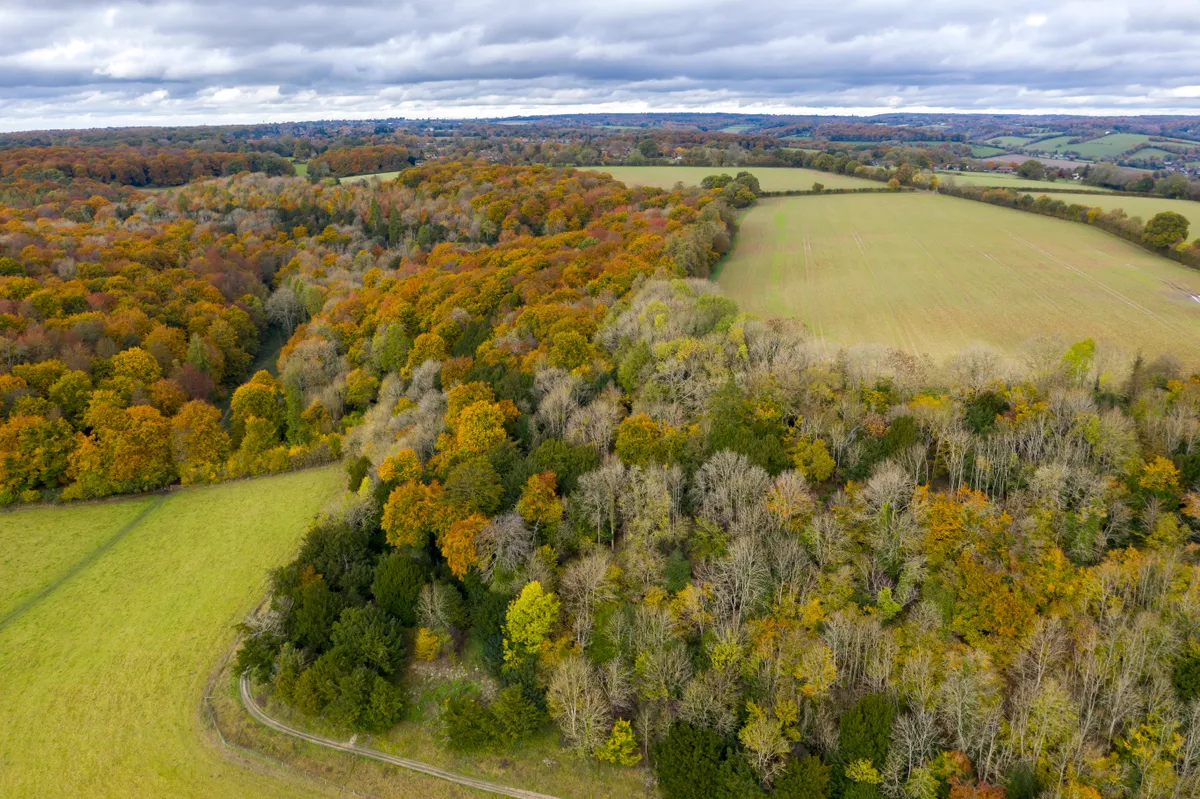2020 has been one of the hottest years on record, and also a year of extremes in the UK: winter was mild with very little snow, followed by the wettest February on record, contrasting with a long, dry spring which produced the sunniest and driest May yet.
These extreme weather events have undoubtedly had a massive impact on wildlife in the UK during the past year.
Meanwhile the global pandemic has dominated headlines and issues worldwide for much of 2020. But although the novel coronavirus pandemic has caused anxiety and turmoil for many, there is a silver lining to be found.
As an unintended consequence of lockdown in the UK, many species saw successful breeding seasons due to a lack of human disturbance, while other species were found in some unlikely places.
Lockdown wildlife successes
With tourist hotspots quiet during lockdown in spring, many plants and animals thrived.
Highlights included rare sightings of animals such as: peregrine falcons nesting in the ancient ruins of Corfe Castle in Dorset; grey partridges wandering in a car park in Cambridge; and a cuckoo at Osterley in west London, where it hasn’t been heard in around 20 years.

But one species that particularly benefitted from the lack of people during lockdown was the tern colony at Blakeney Point in Norfolk. The birds saw their most successful breeding period here for 25 years due to a lack of disturbance and nests being more sheltered.
Rare visitors
In summer and early autumn, warm continental winds brought in record numbers of migrant moths, including one of the UK’s largest species of moths — the Clifden nonpareil.
The moth was recorded on a beech tree at Cliveden — its namesake — 250 years after it was first found. Sometimes known as the blue underwing, the Clifden nonpareil became extinct in Britain in 1960s, but has since returned to southern England and continues to expand its range. This year Calke Abbey in Derbyshire and Ware Cliffs in Dorset reported their first findings of the moth.

Easterly winds during autumn brought in record numbers of migrant birds: a rufous-tailed scrub robin was seen in Britain for the first time in 40 years at Stiffkey salt marshes in Norfolk; a white’s thrush was recorded on Lundy; a great snipe at Sandilands in Lincolnshire; and taiga flycatcher was sighted at Souter Lighthouse in Tyne and Wear for the first time.
Southerly winds in November saw the arrival of a crag martin (usually found in the mountains of southern Europe) at Kingsdown in Kent.
The milder winter conditions also saw the arrival of a ring ouzel at Cwm Idwal in Snowdonia. Most of these birds spend their winter in the Mediterranean, but each year, 1 or 2 have been known to risk overwintering in the UK.
Keith Jones, climate change adviser at the National Trust, commented: “We will see more movement of species as the climate envelope moves north. Animals will move to find the food and temperatures they need for their survival. We have seen this behaviour particularly from moths and butterflies over the past few years and in future are likely to see more species ‘moving in’ from the continent.”
Which species thrived in 2020?
The sunniest and driest May on record meant that many of us could enjoy a fantastic display of spring blossom, and into autumn, plenty of sunshine throughout the year resulted in a long and spectacular season of autumn colour.
A warm summer and regular rainfall helped some areas still recovering from the drought conditions of last year, resulting in a good harvest for many fruit trees.

Into autumn, mild weather resulted in a mast year, producing an abundance of acorns, conkers, sloe, and rowan berries.
There were also reports of some butterfly species experiencing a good year, with sightings of silver-studded blue and small heath butterflies flying up to a month ahead of schedule in the New Forest, and at The Coombes in Wiltshire, a marsh fritillary was spotted for the first time.
Common terns also had successful year, with 289 pairs fledging at least 170 chicks — the most since 1999. Although sandwich terns arrived late, they arrived in high numbers, fledging an impressive 1,100 chicks.
At the Long Mynd in Shropshire, a dartford warbler was seen for the first time in 20 years. These birds are known to suffer during cold winters, with just 11 pairs surviving in the UK after particularly bitter winters in the 1960s. Since then, their numbers have increased to more than 3000 pairs in the early 2000s.
Which species struggled during 2020?
But extreme weather events — a result of climate change — impacted numbers and breeding patterns elsewhere.
The warm and dry May and June, beneficial for some species, had adverse impact on ash trees and some species of wildflowers.
June saw storms, high tides and strong winds, bringing disaster for little terns at Long Nanny in Northumberland, where nests were washed away. Since the 1980s this bird has seen a dramatic decline in the UK, and there are now fewer than 2,000 pairs left in the country.

High tides, along with predation, also adversely affected the tern colony at Strangford Lough in Northern Ireland, with a reduction in numbers since 2019.
“With sea levels rising the area available for terns to nest on is being squeezed,” explained Ben McCarthy, Head of Conservation and Restoration Ecology at the National Trust.
“When several years of summer storms are thrown in, the terns cannot raise enough chicks to keep the population going. [...] As we expect summer storms to become more frequent due to climate change, our terns need all the help they can get.”
Ash trees were particularly badly affected the long warm and dry period, making them more susceptible to ash dieback, with many more trees needing to be removed from National Trust land.

The warm winter was also a blow to heather, weakened by the drought conditions of the previous year, and more susceptible to dieback from the heather beetle. In cold winters, the beetles die off — but the warm, wet winter meant it was able to continue feeding on moorland plants, ultimately killing them off. This was seen on Ysbyty Estate in north Wales, and Long Mynd in Shropshire.
Warmer winters are also thought to be the cause of decline for some UK butterflies in moths, with some experiencing poor breeding after mild winters.
Climate change is putting further pressure on wildlife
It appears that 2020 has been another year that has thrown our wildlife off balance, with less predictable weather placing further pressure on species throughout the UK.
“The impacts of climate change are being felt by our wildlife,” says McCarthy. “Already under pressure from pollution, habitat loss and inappropriate management, climate change magnifies many of these pressures.
“Changes to the seasons and changeable weather can play havoc with our wildlife, knocking the delicate balance of nature out of kilter with serious knock on effects for us all.”
Working to help nature to be resilient in the face of global warming, the National Trust are looking to create larger areas rich in wildlife, and continue to deliver nature-based solutions such as the restoration of blanket bogs to aid biodiversity, to lock up carbon, and to improve water quality and reduce flood risk.
“We can’t ‘undo’ the changes to wildlife we are already seeing at our places but we can do everything we can to nurture nature.”
